
How much would you be willing to pay for your favorite book? Consider this. In the 18th century, The Virginia Almanack was small enough to fit in your pocket yet it cost the same as a night’s stay in one of Williamsburg’s taverns! Pleasure reading was a luxury most colonists couldn’t afford. The print shop’s main focus was publishing those almanacs, government documents, and the weekly newspaper, The Virginia Gazette.
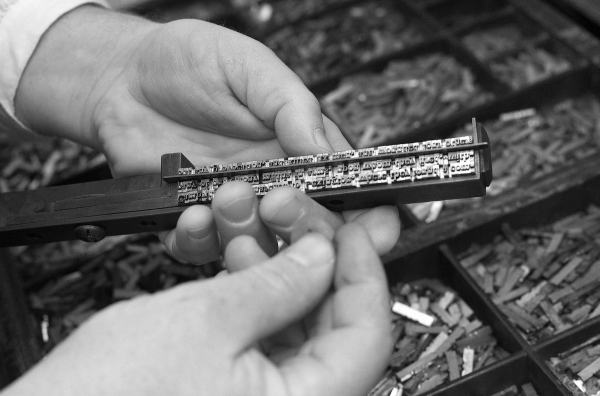
Printing Foreman, Peter Stinely, has been a part of the Colonial Williamsburg family for more than 30 years. He explained those who chose this trade would have put in 12 to 14 hour days, six days a week. Every single letter that was printed in the paper had to be hand-picked and placed in a composing stick by a typesetter. So a paper would take months to print, right? Nope. Journeyman David Wilson shared an impressive fact. He asked us how long it would take us to put together a thousand piece puzzle. A compositor would set around 1,000 pieces of type every 40 minutes. And just as I type this blog without looking at my keyboard, they too could pull and place the letters by memory.
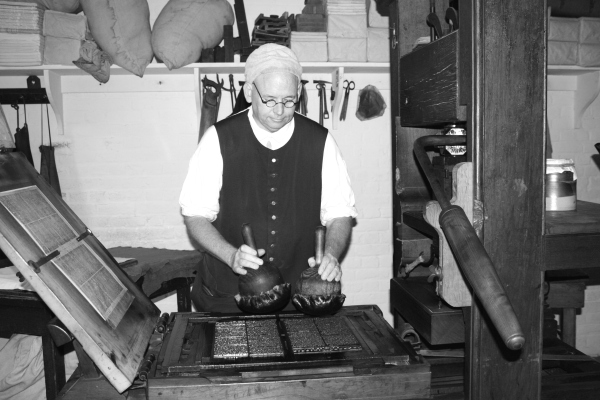
After the form was set, the “beater” would use massive ink balls made out of turned wooden handles filled with wool and covered in sheepskin to coat each letter with ink . Then, the paper, made of a pulp of rags and not wood, was squeezed in the press, using 200 pounds of pressure to transfer the words and images. The sheets were later printed on the other side and hung on lines to dry.
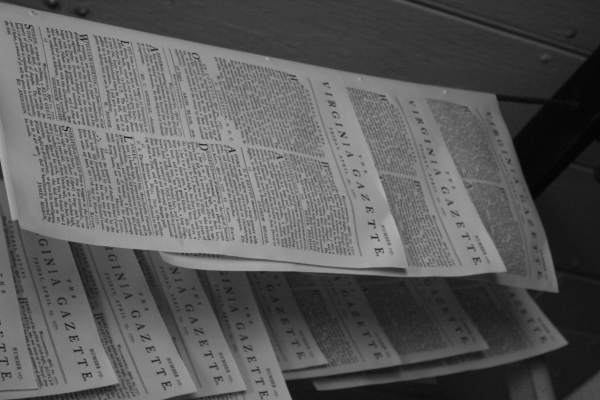
But who actually read the paper after it was printed? In a capital city of 1,800 people—there certainly would have been a lot of interest in the news. But an annual subscription would have set you back 12 shillings, 6 pence. Remember, the average farmer made a shilling for a day’s work so he would have sacrificed almost two week’s worth of pay that could have fed and clothed his family. That’s why so few people ever actually purchased the Gazette.
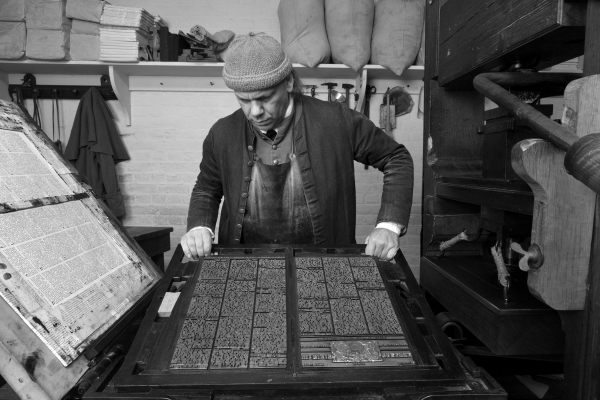
By the time of the Revolution, three newspapers competed in the colony under the same name. And a Virginia Gazette (no ties to any of those) still serves as a primary source of information for the Williamsburg community today.
Have you visited our print shop? What are some of your memories from your visit?

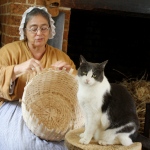


Leave a Reply